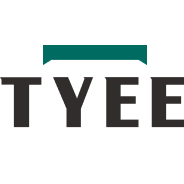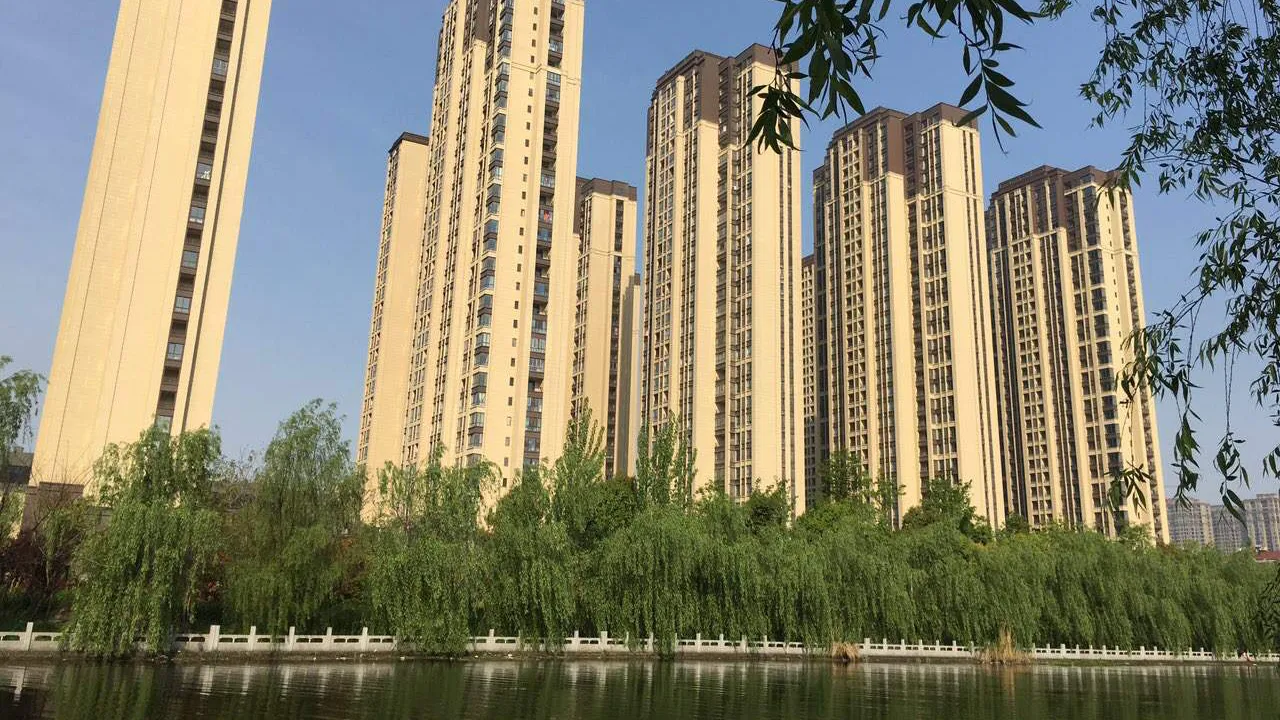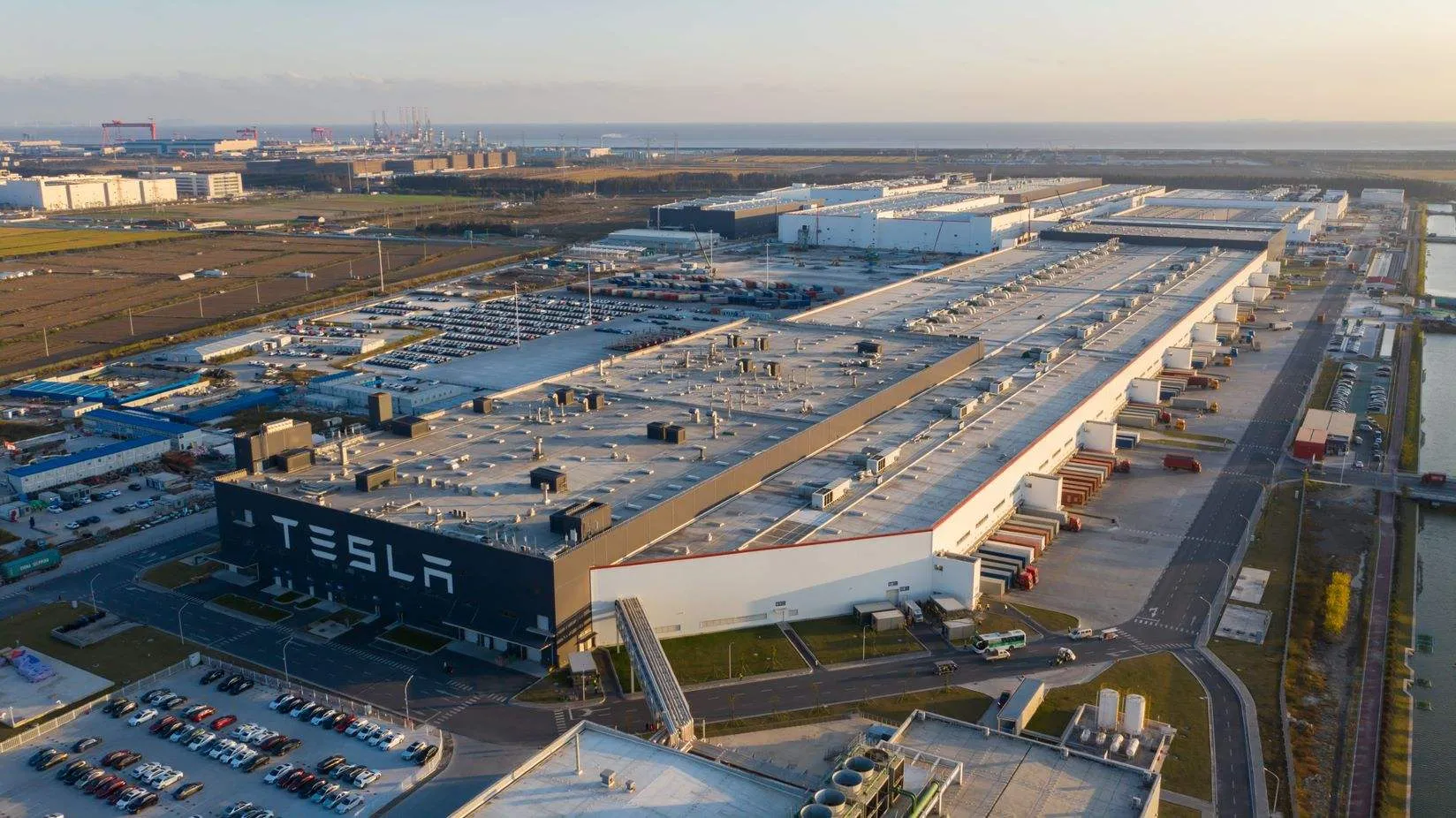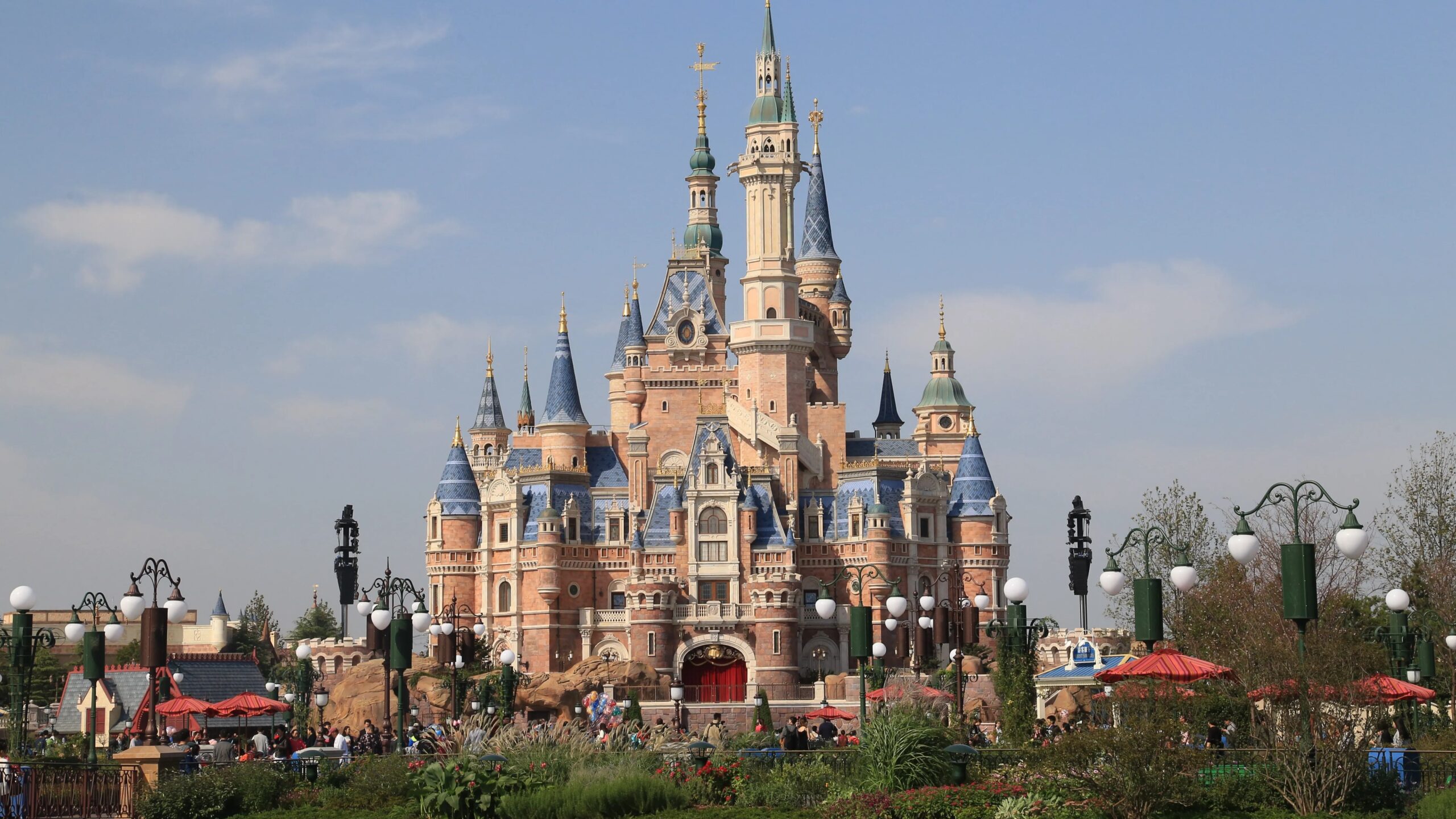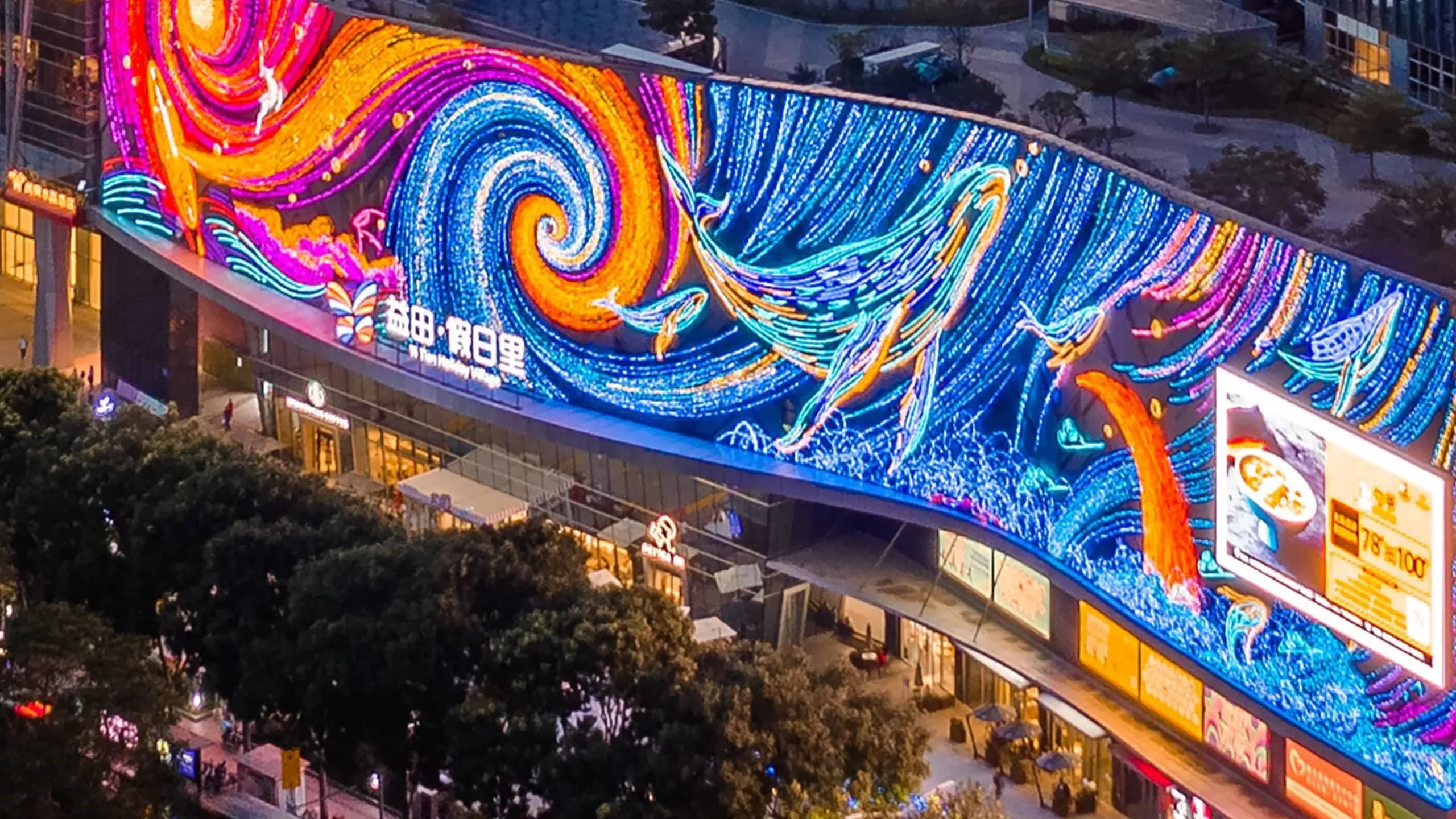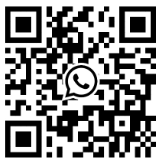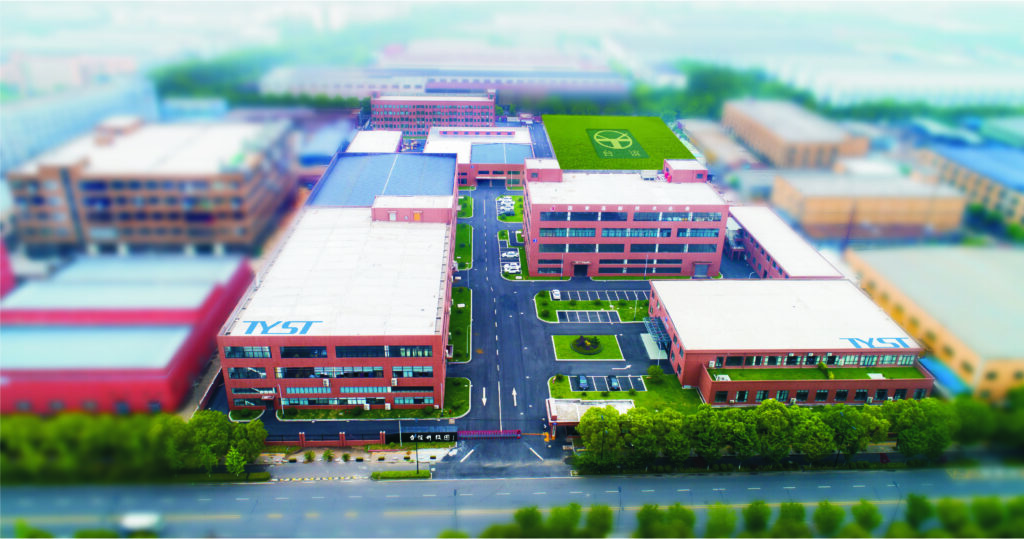
High-rise buildings in the Middle East have special fire risks. This is because of the weather, building materials, and many people living close together. Emergency lighting helps people find safe exits during a fire. Local rules require everyone to follow strict safety standards. TYEE is a trusted company for emergency lighting and fire safety. Their systems give strong protection in every emergency.
Key Takeaways
- Emergency lighting is very important in tall buildings in the Middle East. It helps people find their way during fires and when the power goes out. – Tall buildings in the Middle East have bad weather and fire dangers. So, lighting systems need to be strong, quick, and always work. – Fire safety rules say emergency lights must turn on fast. They also need to stay bright for at least 90 minutes. – TYEE gives smart and tough emergency lighting and fire alarm systems. These are made for hard weather and big, tricky buildings. – People test and check emergency lighting often from far away. This keeps the lights ready, saves lives, and stops panic during emergencies.
Emergency Lighting Needs
Life Safety
Keeping people safe is the most important thing in tall buildings. If there is a fire, people need to get out fast. Emergency lighting shows the way to exits. It works even if smoke or darkness fills the halls. Rules like the International Building Code and NFPA 101 Life Safety Code say emergency lighting must stay on when people are inside. The lights must turn on within 10 seconds if the main power goes out. They must light up all exit paths, stairs, and doors to safe places.
Note: Emergency lighting systems need their own power and wires. This helps the lights work if fire damages the main power.
Good emergency lighting can save lives. It helps stop panic and confusion. People can move quickly and safely away from danger.
Middle East High-Rise Challenges
Tall buildings in the Middle East have special problems. The hot weather, sand, and dust can hurt building systems. Fires can spread fast in tall buildings with many people. Emergency lighting must work well in tough conditions. It must stay bright during an emergency.
- Power backup must turn on fast, in just a few seconds.
- Emergency lighting wires must be kept apart and protected from fire.
- Surge protection and special devices help keep the system working.
- Emergency lighting must cover all escape paths, stairs, and halls so everyone can find safety.
Middle East building codes have strict fire safety rules. These rules make sure emergency lighting works when needed. Tall buildings must also have clear signs to show people where to go. Regular checks and repairs keep the system ready for any emergency.
Fire Safety Standards
International Codes
International codes help keep tall buildings safe from fire. These rules make sure emergency lighting works in emergencies. The NFPA 101 Life Safety Code gives rules for emergency lighting. It tells how bright lights should be, where to put them, and how long they must last. The IEC standards give worldwide rules for emergency lighting design and how it should work. UL 924 is another rule that is important. It says what emergency lighting equipment must do, like having battery backup and clear exit signs.
| Standard / Regulation | Description | Scope / Application |
|---|---|---|
| NFPA 101 (Life Safety Code) | Sets minimum requirements for emergency lighting, including illumination, duration, and placement | USA, widely adopted globally |
| IEC Standards | Provides global criteria for emergency lighting performance and safety | International |
| UL 924 | Defines requirements for emergency lighting equipment and exit signs | USA, referenced worldwide |
NFPA 101 and UL 924 say emergency lights must turn on fast. They must come on within 10 seconds if the power goes out. The lights need to stay on for at least 90 minutes. Exit signs must be easy to see from 100 feet away. The letters on the signs must be at least 6 inches tall. People test the systems every month and year to make sure they work in a fire.
Local Regulations
Local rules in the Middle East add to international codes. These rules help with problems like hot weather and dust. Fire safety leaders in the Middle East want emergency lighting tested often. Local rules are sometimes even stricter than international ones. This helps keep everyone in the building safe.
Building owners must follow these rules to obey the law. They need to check and test fire safety systems often. Following the rules keeps people and property safe. It is an important part of any safety plan.
Note: Using both international and local rules helps fire safety systems work well in emergencies.
High-Rise Emergency Lighting

Egress Illumination
Egress illumination helps people get out safely during a fire. In tall buildings, these lights must work if the main power stops. Rules like NFPA 101 and local laws in the UAE and Saudi Arabia say how bright and reliable the lights must be. The lights must turn on within 10 seconds after power goes out. They must stay on for at least 90 minutes. This helps everyone see the way to safety.
| Illumination Requirement | Numerical Value | Unit | Notes |
|---|---|---|---|
| Emergency lighting duration | At least 90 | minutes | After loss of power |
| Emergency lighting transfer time | Within 10 | seconds | Automatic transfer after power loss |
| Initial average illumination | 1 | footcandle | Equivalent to 10.8 lux |
| Minimum illumination at any point on egress | 0.1 | footcandle | Equivalent to 1.1 lux, measured at floor level |
| Maximum-to-minimum illumination uniformity ratio | 40 to 1 | ratio | To minimize dark-to-bright spots |
These numbers help stop dark spots and shadows. This can keep people from getting confused or scared. Checking and fixing the lights often makes sure they work when needed. In the Middle East, building codes are sometimes even tougher. This is because heat and dust can make things harder.
Power Backup
Power backup is very important for emergency lighting in tall buildings. If a fire causes a power outage, backup systems must power the lights, alarms, and exit sign luminaires. Rules like NEC Article 700 and local laws in the Middle East say these systems must start within 10 seconds. They must support all important things like emergency communication, smoke detectors, fire alarms, and exit lighting.
- Emergency power must turn on within 10 seconds after power fails.
- On-site fuel storage makes sure backup power is ready right away.
- Standby power must start within 60 seconds for other equipment.
- Extra systems, like N+1 generator setups, make the system more reliable.
- Regular tests keep the backup systems ready for any emergency.
NFPA 101 says battery-powered units must be tested every month and year. These tests look for broken fixtures and battery problems. Self-testing and self-diagnostic features help managers find problems before an emergency. Even though rules do not give exact numbers for backup failures, these steps help make sure emergency lighting works when needed.
Signage and Testing
Clear signs are needed for safe evacuation during a fire. Exit sign luminaires and emergency signs must be easy to see, even if there is smoke or darkness. Rules say signs must be seen from at least 100 feet away. The letters must be at least 6 inches tall. Signs must use colors and be placed where people can find exits fast.
| Sign Feature | Effect on Evacuee Behavior |
|---|---|
| Color (Red vs Green) | Red signs are easier to detect, especially when posted high |
| Position (Low vs High) | Signs at low sightline are detected more easily and guide better |
| Flashing | Flashing signs increase fixation duration and influence behavior |
| Graphics | No significant difference once detected |
Testing the signs and lights is just as important as putting them in. Rules say all emergency lighting and exit lighting systems must be tested every month and year. Building managers must keep records of these tests to show they follow the rules. In the UAE and Saudi Arabia, officials often check these records to make sure systems are always ready.
Tip: Testing and fixing emergency lighting and signs often helps stop failures in real emergencies. Good signs and lights save lives by showing people the way to safety.
TYEE Solutions

Emergency Lighting System
TYEE’s emergency lighting system works well in tall and complex buildings. It uses smart technology to give bright light and clear directions during emergencies. Building managers can control all emergency lights and signs from one place. The system uses LED lights that save energy and last a long time. These lights stay bright even if there is smoke or darkness. The system can change escape routes right away if a fire moves. This helps people avoid danger and not get confused.
The system uses low-voltage wires, which are safer and lower the risk of shock. Strong materials like stainless steel and IP67 ground lights help the system work in hot, dusty, and wet weather. The system checks itself all the time and sends alerts if something breaks. This makes sure it always works when needed. TYEE’s technology has kept millions safe in places like hospitals, hotels, malls, and big projects. Some examples are the Museum of the Communist Party of China, Hangzhou Olympic Sports Expo City Sports Center, and Gwadar New International Airport.
Fire Alarm System
TYEE’s fire alarm system finds fires fast and correctly in tall buildings. It uses special sensors and smart programs to tell real fires from harmless smoke. This means fewer false alarms. Fire signals are sent in less than three seconds. This helps people know about danger quickly. The system uses IoT and AI to watch for problems and spot them early. Building managers can see smoke and temperature on a big screen. This helps them act fast and keep everyone safe.
The fire alarm system can connect up to 64 controllers. This lets it watch over large buildings easily. TYEE’s system follows world safety rules and passes hard tests. Tests show that using emergency lights, alarms, and signs together helps more than 90% of people find the nearest exit in smoke. Big projects like Hangzhou Metro Line 3 and Baihetan Dam have shown the system works well in real emergencies.
| Performance Aspect | Supporting Evidence |
|---|---|
| Fast response time | Fire signals transmit digitally in under three seconds. |
| High reliability | Empirical data shows near-continuous operation after one year. |
| Advanced detection | Multi-sensor detectors with smart algorithms reduce false alarms. |
| Integration with IoT/AI | Real-time monitoring and AI-based fire classification for faster, accurate response. |
| Large-scale validation | Used in major infrastructure projects with consistent monitoring and timely reporting. |
| Evacuation effectiveness | Combined systems improve evacuation accuracy to over 90%. |
| Compliance and certification | Meets international standards for reliability and safety. |
Product Features
TYEE’s systems have many smart features for safety and easy use:
- All emergency lights and signs can be checked and controlled from one place.
- The system checks itself all the time and sends alerts if something is wrong.
- Escape routes change right away if the fire moves.
- Managers can control the system from far away and see a map of the building.
- LED lights are bright, save energy, and last a long time.
- The system uses safe, low-voltage wires and strong parts for tough weather.
- It meets important safety rules like ISO9001, UL, CE, LPCB, and GOST.
- Good quality is kept by using SMT technology and laser marking.
| Metric / Feature | Description / Validation |
|---|---|
| Certified Compliance | Meets ENEC, CE, ISO9001, ISO14001, UL, LPCB, and GOST standards. |
| Battery Backup | Provides at least 90 minutes of emergency power for lighting systems. |
| Environmental Resistance | IP65 rating for waterproof and dustproof protection; operates from -20°C to 55°C. |
| Fire Alarm Response Time | Processes fire signals in under 3 seconds. |
| Smart Integration | Compatible with Building Management Systems for centralized control. |
| AI-based Dynamic Routing | Intelligent, real-time evacuation guidance linked with fire alarms. |
| Manufacturing Quality | Rigorous inspections and advanced production lines ensure reliability. |
| Real-world Performance | Proven in hospitals, schools, factories, and large public projects. |
TYEE’s systems have won many awards, like the CEIS2024 “Top 10 Fire Alarm Brands” and the Red Dot Design Award. These awards, along with safety certificates and use in hard places, show TYEE cares about quality and safety. The systems work well in the Middle East’s tough weather and special building needs. This makes TYEE a trusted choice for fire safety in tall and complex buildings.
Practical Considerations
Climate Durability
High-rise buildings in the Middle East have to deal with tough weather. Heat, dust, and humidity can hurt electrical equipment. TYEE makes its systems strong for these hard conditions. The emergency lighting and fire protection use stainless steel and sealed LED fixtures. These parts keep out dust and water. This helps the lights work during sandstorms or heavy rain. The systems work in temperatures from -20°C to 55°C. This matches the very hot or cold weather in the area. TYEE’s products use safe, low-voltage wires to lower electrical risks. This design keeps the protection working, even in bad weather.
Note: Cleaning and checking the lights often helps them work well in dusty or wet places.
Installation and Maintenance
TYEE makes it easy to install systems in tall buildings. The systems use a modular design. Each light or sign has its own battery. If one unit stops working, the others still work. This makes fixing things faster and easier. Managers do not need to turn off the whole system to fix one light. Using LED technology saves up to 80% more energy than old lights. LEDs last longer, so you do not need to fix them as much.
Smart features like IoT sensors help managers watch the system from one room. They can see all emergency lights and signs on one screen. Automated tests and remote checks help find problems early. This means less downtime and keeps the system ready. Industry data shows these smart systems make repairs easier and cost less, even in big buildings.
Tip: Using central control and automatic tests helps owners follow safety rules and keep systems ready for emergencies.
Choosing TYEE
Brand Value
TYEE is a top company in fire safety. The company is known for new ideas, good quality, and being reliable. TYEE spends money on research to make better emergency lighting and fire alarm systems. Every product gets checked carefully before it is sold. The company uses modern machines and technology to make sure each system is very good.
TYEE has many important certifications like ISO9001, UL, CE, LPCB, and GOST. These show that TYEE products follow both world and local safety rules. The company works hard to be the best and is known around the world. TYEE’s slogan is “Standby For The Unexpected.” This means the company promises to give safe solutions people can trust. Customers believe in TYEE because safety always comes first.
Note: TYEE’s focus on quality and new ideas helps keep people safe in tall buildings, hospitals, schools, and public places.
Project Experience
TYEE has done many big projects all over the world. The company’s systems protect many kinds of buildings, from public places to tall high-rises. TYEE gave emergency lighting and fire alarms to the Museum of the Communist Party of China, Hangzhou Olympic Sports Expo City Sports Center, and the Baihetan Dam. The company also helped with the Gwadar New International Airport Project in Pakistan and Hangzhou Metro Line 3.
TYEE’s products have won awards like the CEIS2024 “Top 10 Fire Alarm Brands” and the Red Dot Design Award. These awards show that people in the industry respect TYEE for its new ideas and reliability. The company’s work on big projects proves it can give safe and strong fire protection in hard places.
Tip: Picking TYEE means you get a partner with real project success and a strong promise to keep people safe.
Good emergency lighting and fire safety help save lives in tall buildings in the Middle East. TYEE gives solutions that follow all the rules, both local and international. Their systems work well even in tough weather and hard places. Building owners can count on TYEE for new and safe fire safety ideas.
- Go to the TYEE website to learn more.
- Talk to TYEE to get expert advice.
TYEE is always ready to help every building stay safe and prepared for anything.
FAQ
How does TYEE emergency lighting help during a power outage?
TYEE emergency lighting turns on by itself if the power goes out. Backup batteries keep the exit paths bright and easy to see. This helps people find safe exits fast, even if it is dark or smoky.
Can TYEE systems work in extreme Middle East weather?
TYEE makes its products for hot, dusty, and wet weather. The lights have sealed covers and are made from strong materials. These things help the system work well in sandstorms and heavy rain.
What types of buildings can use TYEE emergency lighting?
Many buildings can use TYEE emergency lighting. High-rises, hospitals, malls, hotels, and factories all use these systems. The design can fit different building shapes and safety needs.
How often should emergency lighting systems be tested?
Managers should test emergency lighting every month and every year. Regular checks help find problems early. This keeps the system ready for emergencies and follows safety rules.
Does TYEE offer remote monitoring for its systems?
Yes. TYEE systems let managers watch the lights and alarms from one control room. This helps keep buildings safe and makes fixing problems faster.

